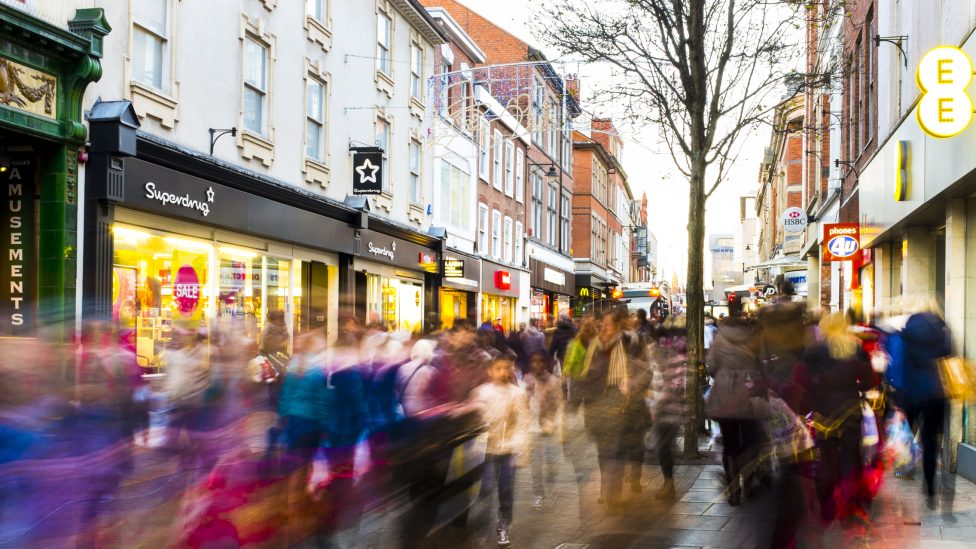In a sign that consumers are largely seeking offers, Fraser McKevitt, head of retail and consumer insight at Kantar, said that one third of all spend in the four weeks to 24 December was made on items that were discounted or on promotion, which is the highest level since December 2020 – and worth a £823m increase than last year.
Despite the increase in discount buying, spending reached an average of £477 per household in the four-week period, an increase of £28 (+6.2%) compared to the same period in 2022.
McKevitt said: “As we expected, this Christmas was a whopper. Friday 22 December turned out to be the most popular shopping day, when more than 25m trips made, and consumers spent £803m in physical stores – that’s 85% more than the average Friday in 2023. Online’s share of the market held steady at 11.6%, as nearly one in five households got a delivery in for the big day.”
While grocery price inflation stands at at 8.1% for the 12-week period ending 24 December 2023, retailers may see increased profits this year as it fell to to 6.7% in the four weeks to 24 December – its lowest level since April 2022.
McKevitt added: “The rate of inflation is coming down at the fastest pace we have ever recorded, but consumers are still facing pretty hefty pressures on their budgets. Retailers were clearly working hard during the festive period to offer best value and win over shoppers, and promotions were central to their strategy.”
Symbols and independents saw a 4% rise during the Christmas period from 2022 to 2023, while major discount retailer Lidl saw the biggest jumper between the periods of 13.8%. While symbols and independents maintained their 2022 grocer market share of 1.4%, Tesco remained ranked first across all grocers with a 27.6% market share.
Total take-home grocery sales increased in value by 7%, while number of items bought rose by 2%.



Comments
This article doesn't have any comments yet, be the first!